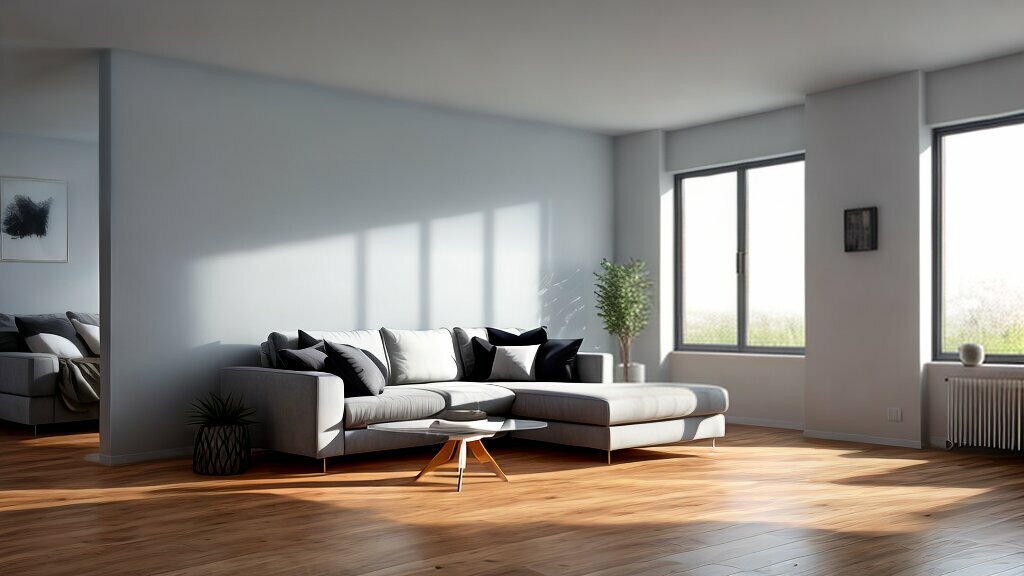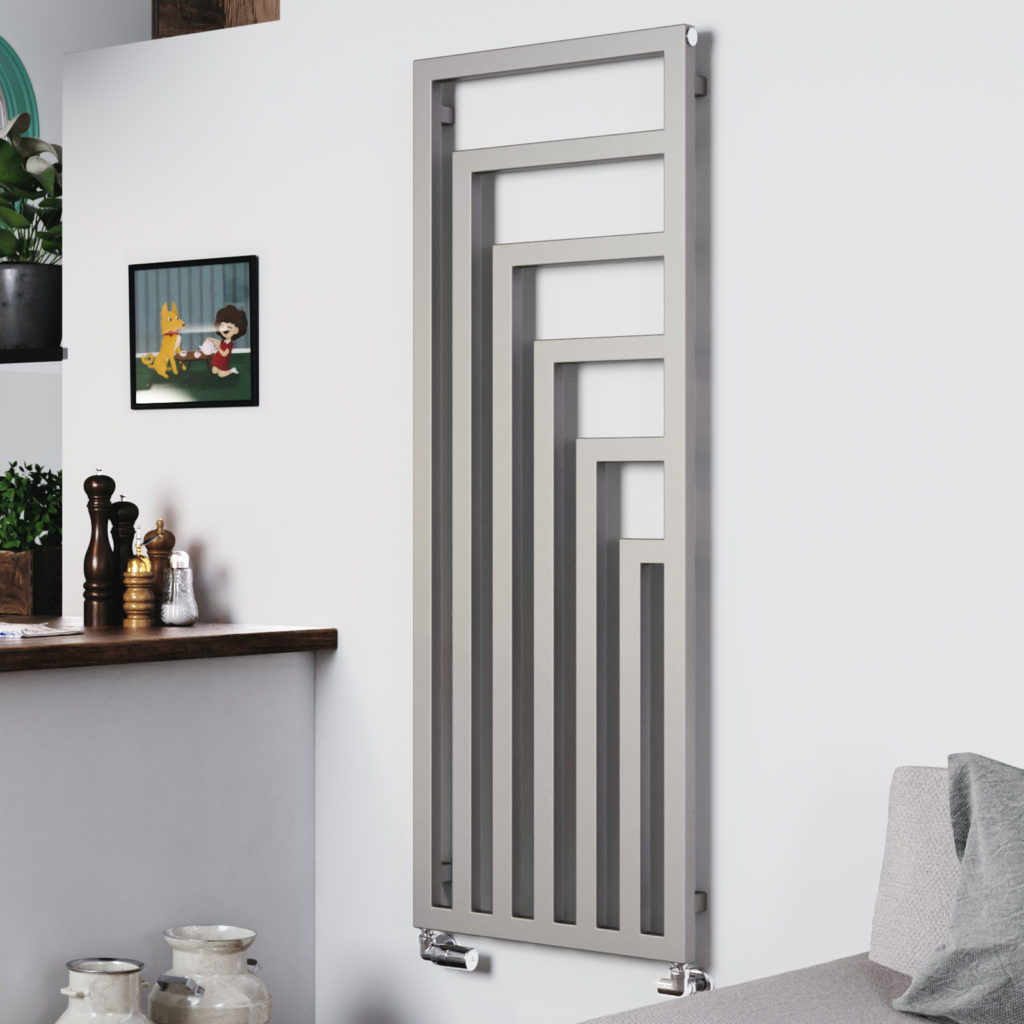Radiators The Best Home Heating Tips : A Comprehensive Guide
Radiators How to ?
When winter’s chill sets in, there’s nothing quite like a reliable heating system to keep you warm and comfortable. Radiators, the unsung heroes of indoor comfort, have been warming homes for generations. In this in-depth guide, we’ll dive into the world of radiators, exploring their types, materials, installation, and much more. Whether you’re a homeowner looking to upgrade your heating system or just curious about Radiators and how these devices work, this guide has you covered.

Radiators are water-filled heating units designed to transfer thermal energy into their surroundings, including people and objects, to raise the air temperature. They are connected to a central boiler as part of a hydronic heating system and rely on the circulation of hot water to function. The heat emitted gets absorbed by the air through convection, warming up a room or space efficiently.
With their extensive use over decades, radiators have proven to be a simple yet effective home heating solution. Let’s look at the commonly used radiator types and the key factors to consider when choosing one.
Radiator Types
Radiator comparison table
| Type | Details | Heat Output | Size Options |
|---|---|---|---|
| Single panel radiator | One vertical panel | Low-medium | Short, standard, tall |
| Double panel radiator | Two connected panels | Medium-high | Standard, tall |
| Triple panel radiator | Three connected panels | High | Standard, tall |
| Quad panel radiator | Four connected panels | Very high | Standard, tall, extra tall |
| Extra tall single panel radiator | Taller single panel | Medium-high | Custom height |
| Extra tall double panel radiator | Taller double panel | Very high | Custom height |
| Vertical upright radiator | Vertical tubes | Medium | Standard, tall |
| With feet radiator | Lifted off floor | Medium-high | Standard, tall |
| With side panels radiator | Extra side panels | High | Standard, tall |
| Angled radiator | Angled panels | Medium-high | Standard, tall |
| Curved radiator | Curved panels | Medium | Standard |
| With shelves radiator | Incorporated shelves | Medium | Standard |
| Designer radiator | Ornate styles | Medium-high | Standard, tall |
| Cast iron radiator | Cast iron material | High | Standard, tall |
| Compact radiator | Smaller models | Low | Short, standard |
| Electric radiator | Electric heating | Medium | Short, standard |
| Towel rail radiator | Towel warming rails | Medium | Standard, tall |
| With mirror radiator | Incorporated mirror | Medium | Standard |
| Chrome radiator | Chrome finish | Medium-high | Standard, tall |
| Matte black radiator | Matte black finish | Medium-high | Standard, tall |

There are several types of radiators used in homes today, each with their own advantages. The right type for your home will depend on factors like the size of the space, your heating needs, efficiency targets, and visual appeal.
Convection Radiators
The most common type, convection radiators work by heating the surrounding air. They are made of metal fins linked to hollow steel or aluminium cores containing hot water. As the water passes through, the heat is conducted to the fins. The fins then heat the air through convection, causing it to rise while cooler air sinks down to be heated. This creates a continuous convection loop that warms up a room.
Pros
- Available in a wide range of sizes and styles to suit any space.
- Energy efficient and provide even heating.
- Require less maintenance than other types.
Cons
- Can dry out air in the room.
- Large models can be expensive.
Baseboard Radiators
Baseboard or skirting radiators are compact radiators installed along the bottom of walls. They are around 6 inches high with widths averaging 20-40 inches. These are a great option for heating small spaces like bathrooms.
Pros
- Discreet and space-saving installation.
- Don’t interfere with furniture placement.
- Available as electric or hydronic.
Cons
- Provide less heat output than full-height radiators.
- Electric models may not cut heating bills.
Panel Radiators
As the name suggests, panel radiators have a wide flat surface area to emit heat quickly into a space. They contain vertical water channels behind the panels and work similarly to conventional radiators. Modern options have sleek, minimalist designs.
Pros
- Aesthetically pleasing and adaptable.
- Efficient at heating up fast.
- Available in compact sizes.
Cons
- Can be more expensive.
- Need valves and controls for temperature regulation.
Radiant Floor Heating
Radiant floor heating uses a network of warm water pipes installed beneath the floor to heat a room from the ground up. As the floor warms, the heat radiates and spreads across the space. This type creates a comfortable ambient warmth.
Pros
- Provides uniform and consistent heating.
- Doesn’t affect room aesthetics.
- Energy efficient and cost-effective to run.
Cons
- High initial installation cost.
- Unsuitable for some floorings.
- Doesn’t work well for quick heating.
Radiator Materials
Radiators are commonly constructed from cast iron, aluminium and steel due to their heat conducting properties. The material affects performance factors like heat output, energy efficiency and speed of warming up.
Cast Iron
Cast iron radiators have been used for over a century owing to excellent heat retention and durability. They are made by pouring molten iron into moulds and can last decades with proper maintenance.
Properties
- Excellent heat conduction
- Retains and emits heat slowly
- Prone to rusting
- Heavy in weight
Benefits
- Provides steady and uniform warmth
- Durable and long lasting
- Vintage styles available
Drawbacks
- Slow to heat up and cool down
- Requires corrosion resistant coatings
- Difficult to repair leaks
- Fixed designs restrict flexibility
Aluminium
Modern aluminium radiators are lightweight and conduct heat faster than cast iron. They usually have a thin aluminium core brazed between sheets of aluminium fins.
Properties
- Rapid heat conduction
- Corrosion resistant
- Lightweight
- Doesn’t retain heat well
Benefits
- Heats up quickly and cools down fast
- Energy efficient and lower running costs
- Lighter and easier to install
- Flexible and available in modular sections
Drawbacks
- Not as durable as cast iron
- Prone to noise with expanding and contracting
- More expensive than other options
Steel
Steel offers a compromise between cast iron and aluminium. Steel panel radiators with welded steel cores and fins provide efficient heating.
Properties
- Strong and durable
- Resistant to rust
- Quickly conducts heat
Benefits
- Reasonably priced
- Provides steady warmth
- Available in wide variety of styles
- Long lasting with enamel coatings
Drawbacks
- Heavier than aluminium models
- Not as effective at retaining heat
- Can corrode over time without maintenance
Installation
Proper installation is key to ensure your radiators work efficiently and safely. While it’s possible to install them yourself, it’s advisable to hire professionals, especially for built-in and hydronic systems.
Hiring a Professional
Benefits
- Expertise in safely installing systems
- Access to tools and equipment
- Knowledge of building codes and standards
- Insights on suitable radiator sizing and placement
- Fewer mistakes and accidents
- Warranties and service guarantees
Costs
- Labour charges for installation
- Cost of minor parts and supplies
- Permit fees if required
DIY Installation
Pros
- Cost savings on labour
- Freedom to install at your pace
- Learning opportunity to understand system
- Satisfaction of doing it yourself
Cons
- Requires expertise and training
- Risk of leaks or malfunctions
- Access to specialized tools needed
- Physically demanding
- No professional guarantees or liability
If installing yourself, ensure you have the necessary skills and tools. You will need:
- Tape measure
- Spirit level
- Screwdrivers
- Wrench set
- Drill
- Pipe cutters
- Radiator bleed key
Follow these basic steps
- Prepare the installation site by removing old radiators if replacing.
- Mark holes for brackets allowing room for valves and pipes.
- Mount brackets level on the wall and install radiator.
- Connect to water supply and return pipes.
- Bleed out trapped air and test heating system.
- Add accessories like thermostatic valves.
- Check for leaks and seal joints/valves if needed.
Seek expert help if struggling with any complex steps. Safety should be the top priority.
Maintenance and Care
Like other systems, radiators work best with regular maintenance. This prevents problems and keeps them functioning efficiently for years.
Preventing Leaks
- Use threaded seal tape on valves and joints.
- Ensure valves are closed before filling system.
- Check for cracks or leaks and get them fixed.
Draining and Refilling
- Drain systems annually to remove sludge.
- Refill with a flush to remove grime from inside pipes and radiators.
Removing Air Pockets
- Bleed radiators every few weeks in winter.
- Top up water in system when bleeding radiators.
Touch-up Paint
- Sand and paint to cover scratches or flaking paint.
- Use heat resistant paints formulated for radiators.
Cleaning Dust and Dirt
- Wipe down regularly with soft cloth.
- Use mild detergent and warm water for grime.
- Avoid abrasive scrubs or cleaners.
With periodic maintenance, your system will operate efficiently for many years. Preventive care also minimizes the need for expensive repairs down the road.
Conclusion
We’ve explored the critical aspects of radiators, from types and materials to installation and maintenance. The key takeaways:
- Radiators provide reliable and cost-effective home heating through hot water circulation. Convection and panel radiators are common choices.
- Material affects heating efficiency – cast iron offers durability, steel provides steady warmth, aluminium heats up rapidly.
- Professional installation is recommended, but DIY is possible with care and required tools.
- Prevent issues like leaks or blockages with regular maintenance. This keeps radiators working optimally.
Whether you’re upgrading a heating system or retrofitting a home, radiators present an efficient solution with minimal fuss. With this guide, you should have the knowledge to select the right model for your space and keep it running smoothly for cosy winters ahead.
Take Action Now
Explore the top-selling radiators in the UK and choose one that fits your budget and requirements. Don’t settle for a subpar heating system and upgrade your home heating with the best selling radiators today. Your comfort, energy bills, and the environment will thank you.
It is crucial to seek guidance from the manufacturer and a certified professional for the installation process to ensure safety and compliance with all technical specifications and requirements. Proper installation is key to the optimal performance and longevity of the product.
Additionally, professional installation may be necessary to maintain the product’s warranty. Therefore, it is highly recommended to consult with experts and not attempt to install the product yourself unless you are qualified to do so.



